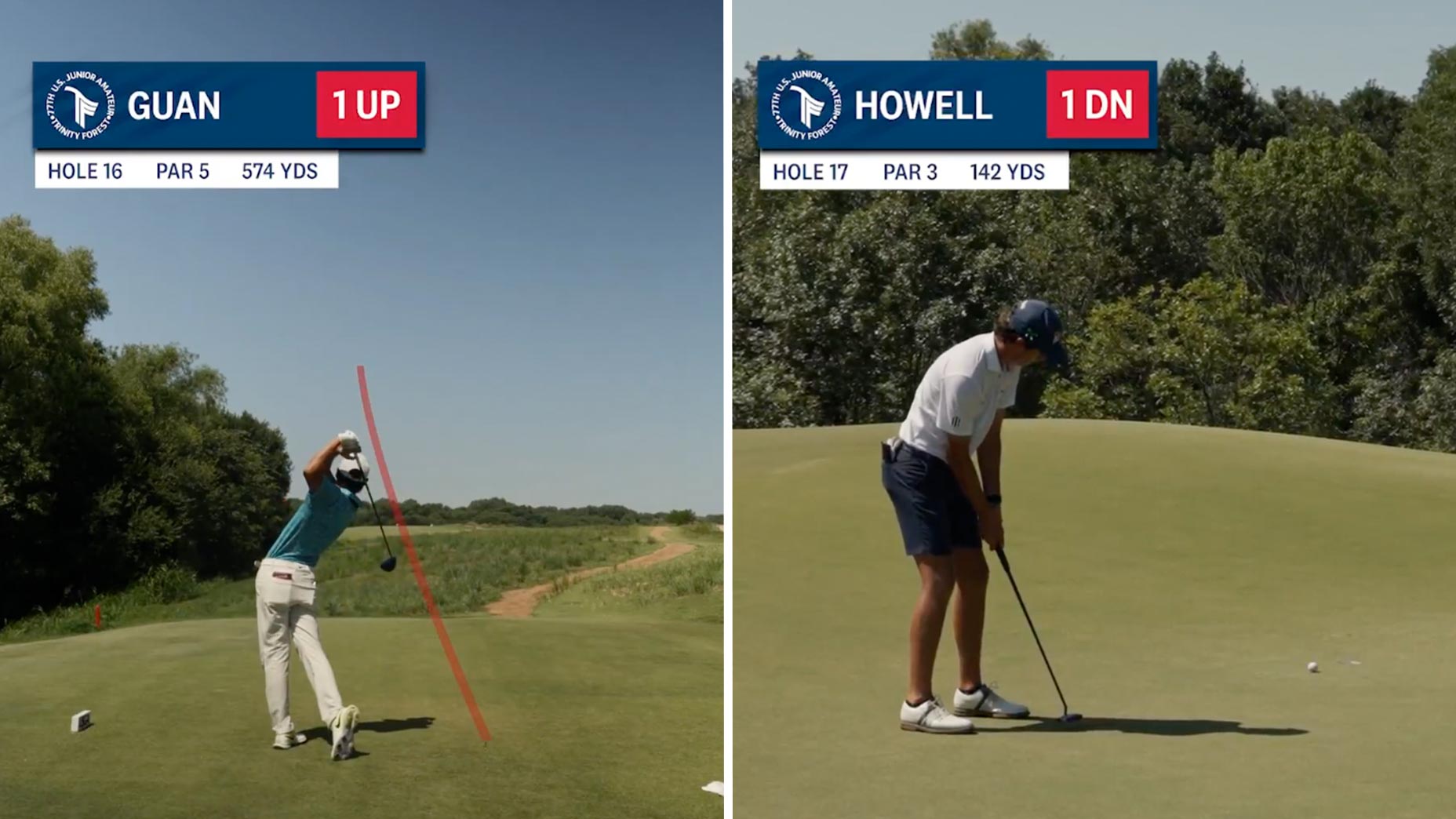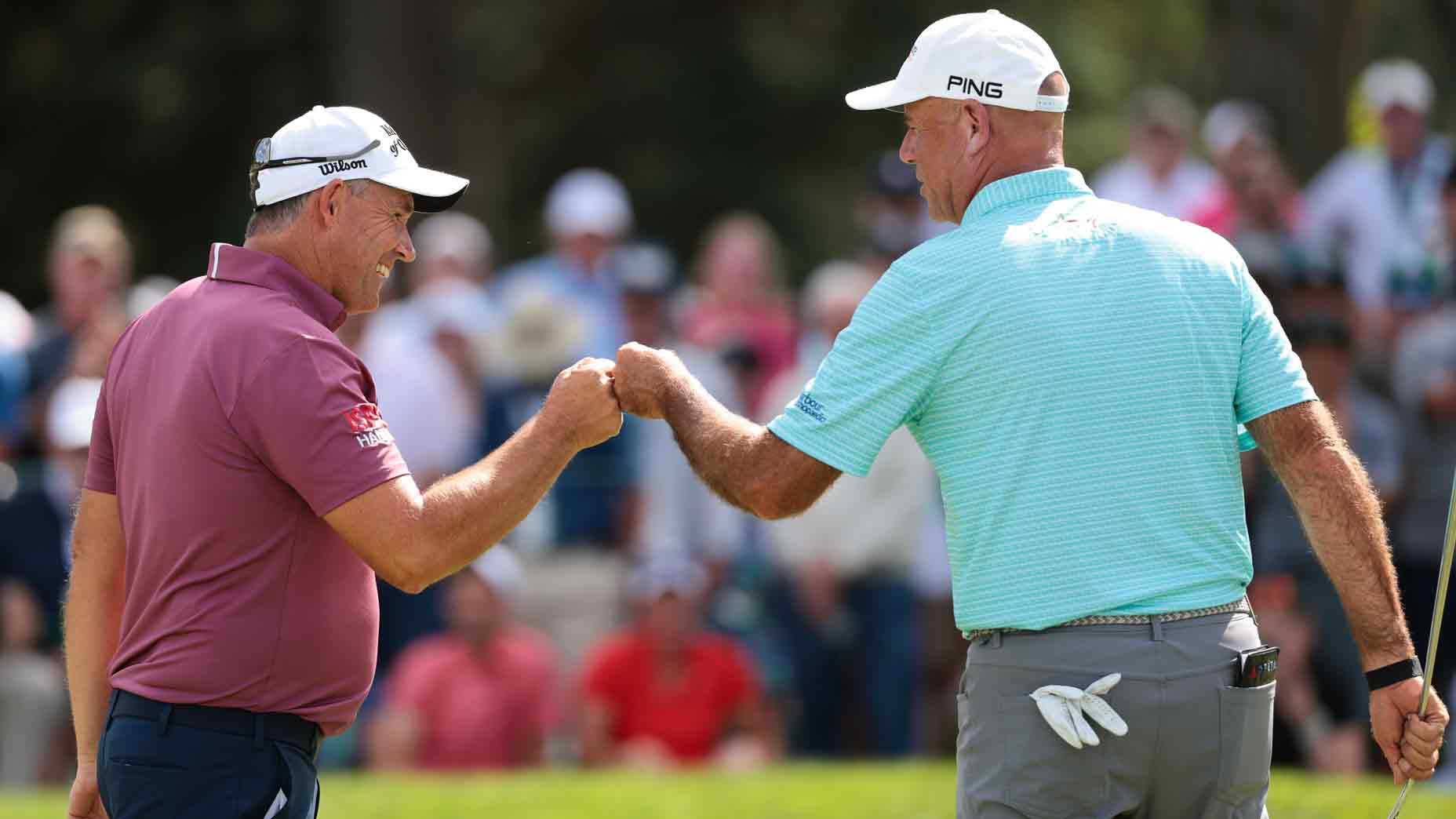There aren’t many worse ways to end a round of golf than a three-putt. After hitting a wedge to 15 feet on my final hole of the day, the par-5 9th at Whitford Country Club in Exton, Pa., I wanted birdie a little too badly and ran the downhill try about four feet by. The next stroke was my worst putt of the whole day.
So a potential 74 went to a 76 in a matter of minutes, and I could have very easily had a sour taste in my mouth following the round. After all, the human mind tends to bias memories based on how they ended. But I walked off the golf course, seven shots out of qualifying position for the U.S. Mid-Amateur, feeling pretty good.
After the whole group shook hands, my caddie, Ben, and I started talking about the round. Ben is a senior on the high school golf team which I started coaching last year and recently became the head coach of. The other two golfers played fairly well too, both shooting 77s, one struggling on the last couple of holes like I did too.
However, we all played fairly low-stress rounds. No one fired at pins. When we missed greens in tough spots, we took our medicine. We made solid putts when we had to.
Now Ben, decidedly, doesn’t play golf like that. He’s a player with a fantastic golf swing, like many on my team, and an overly cocky strategy, like ALL on my team.
“You guys made golf look easy today,” he told me as we walked off the green.
We did. And that was exactly what I wanted him to see.
My competitive golf history is far from spectacular. Despite holding between a 3 and a +1 Handicap Index since my junior year of high school, I never qualified for my state championship, I never won any significant events and qualified for only one state amateur.
This past year, my first full year at GOLF, I made it a point to play in more competitions for the first time since college. It’s been harder than I thought.
My first qualifier was for the Philadelphia Mid-Amateur in May and I showed up without having played a competitive round in two years. Three-footers become a whole lot longer when you HAVE to putt them.
I struggled on the green, missing several birdie looks inside of 10 feet and stumbled home with back-to-back doubles for a 84. The cut fell at 78, a score I’ve shot in competition a bazillion times.
My next try was for the Philadelphia Open, a tournament I had nearly qualified for while in college. This time, I had to play a quirky golf course with a ton of out-of-bounds near fairways that I have never liked. Through 15 holes, I was doing everything I had to. Missing to proper sides of greens, leaving myself tap-ins and, most importantly, keeping the ball on the golf course.
Then I miss-clubbed myself on the par-3 16th, hit it long of a back pin and made double before making another double on 17 and stumbling home to 79. I missed the cut by three.
What’s it like to play in a USGA championship match? Drew Stoltz explainsBy: Jessica Marksbury
To recap, the first one I played scared and unconfident. The second I played well only to later distract myself by thinking about something other than the next shot.
I knew I’d be at a disadvantage because I couldn’t play in something every week or even every month. But such is life for a working young professional.
So was entering a USGA qualifier, the toughest and most prestigious of amateur events in this country, with so little recent competitive experience a mistake? Some could argue that. But I argue how can you get competitive experience at the highest levels without playing at the highest levels?
I only took the head coaching job at the high school, the same where I played nearly a decade ago, within the last week. When I found myself without a caddie for the event where walking is required, I saw it as a chance to not only help my own game but be a teacher.
Being a high school golf coach isn’t about helping the student-athletes refine the mechanics of their golf swings or make sure they’re properly fit for golf clubs. It’s more about thinking their way through a course and providing the team atmosphere that golf generally lacks.
In my first year as an assistant, I focused on strategy and short game.
These kids want to aim at every pin and hit the shortest possible clubs into every hole so they can tell their friends they hit 9-iron where someone else hit 7-iron. They don’t realize how detrimental that is to their scores. But neither did you and neither did I when we were 16.
My game plan was to take one of my players (and I’ll be taking another with me next week) and explain my decisions and strategy for every shot with him verbally. Not only does it explain to him how to think to score effectively, but it also helps me commit to practicing what I preach.
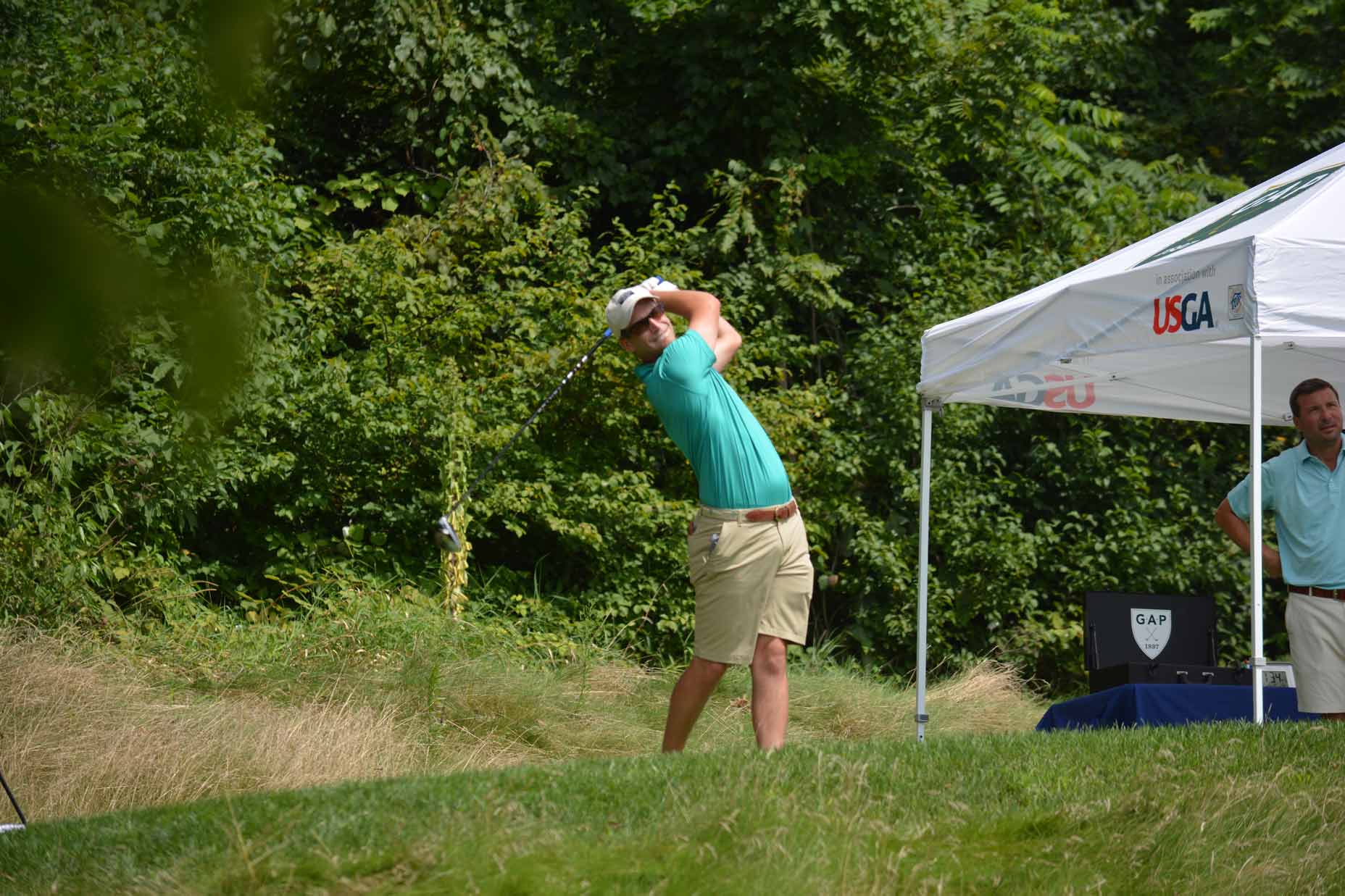
I felt great coming into the round. My swing felt as good as it had all year and my putting was still on a high coming off a recent trip to Scotland.
However, I had never seen the golf course and I couldn’t get a practice round either. Luckily, I had a friend who was a former member of the club who gave me some notes and annotated the pin sheet the Golf Association of Philadelphia released ahead of time.
There was no yardage book, but I wrote down numbers to and over bunkers and runouts of the fairways that I measured on Google Earth. I was about as prepared as I could have been.
On my first hole (the 10th), I roped a 3-wood into the fairway and we were off. That same hole was also the site of my first mistake.
I didn’t do what I set out to do and I pulled a club without explaining my thinking to Ben. I also, despite looking directly at the pin sheet, didn’t recognize it was a back pin.
From 138 yards, I hit a pitching wedge, my 140-club, over the green. I was dead and simply played beyond the pin and two-putted for bogey.
Could I have played a flop to try to give myself a better look at par? Of course, but if I left it short, that would have brought double-bogey back into play. Bogey I can recover from in one hole. Double-bogey, I can’t.
However, I was almost better for my mistake for the rest of the round. It shocked me and showed me how important my strategy would be for the rest of the day.
I steadied myself quickly and started playing boring golf. Middle of the fairway, middle of the green, tap-in two putts. When I got in trouble, I thought about where I wanted to play the next shot from, instead of trying to hit perfect golf shots.
From Pebble Beach to Sleepy Hollow? Inside this year’s epic USGA championship venuesBy: Ran Morrissett
I played the next 12 holes even par. A couple of birdies coming home and I’d have a chance at making the cut, so I guessed. But that was half of my second mistake of the day. I lost my focus on the next shot.
And it led to the other half of my mistake. On a short par-3, partially because I hadn’t played the course before and partially because I didn’t pay attention to the terrain around the green, I didn’t realize there was a drop-off to the right side of the green. I thought I could miss it there. I ended up eight feet below the surface of the green in a penalty area. I didn’t get my second on the green and made double.
I made two bogeys and a birdie to finish, including the three-putt to post 76.
When Ben told me he thought I made golf look easy, I felt the mission was accomplished.
It’s weird for me to think about a 76 when I missed the cut by seven strokes (there was a 5-for-2 playoff at 69 for the last of the five spots available) and be happy about it. But even if I wasn’t trying to demonstrate smart golf, I still would have been happy with how I played.
It’s easy to identify the five strokes I gave away due to two poor decisions and two three-putts. From there it just came down to making more birdie putts. I missed good looks on my second, seventh and eighth holes. Two more on my 17th and 18th. Cut the three-putts, cut the shots lost to decision-making to one and make one or two more of the birdie looks and it gets much easier.
Obviously, not everyone, even myself, can hit the ball as well as I did Monday. Ben Hogan said he only expected to hit two perfect golf shots a round and I feel like I may have hit three, exceeding the quota.
But because I hit a perfect shot doesn’t mean I holed it. One of my best shots was a 9-iron that settled 30 feet left of the flag. I asked Ben how many times I put myself in situations when I needed to hit a perfect golf shot.
“Never,” he told me.
I made it easy for me and next time, now I know where I can save the strokes I need.
There are two more qualifiers I have remaining this summer. One is next week for the state mid-am where I’ll have another one of my players on the bag. I can only hope to show him the same things.
And, as I file this story from the first round of our team tryouts for the upcoming season, I can only hope they start putting into practice exactly what I did yesterday.
Latest In Instruction
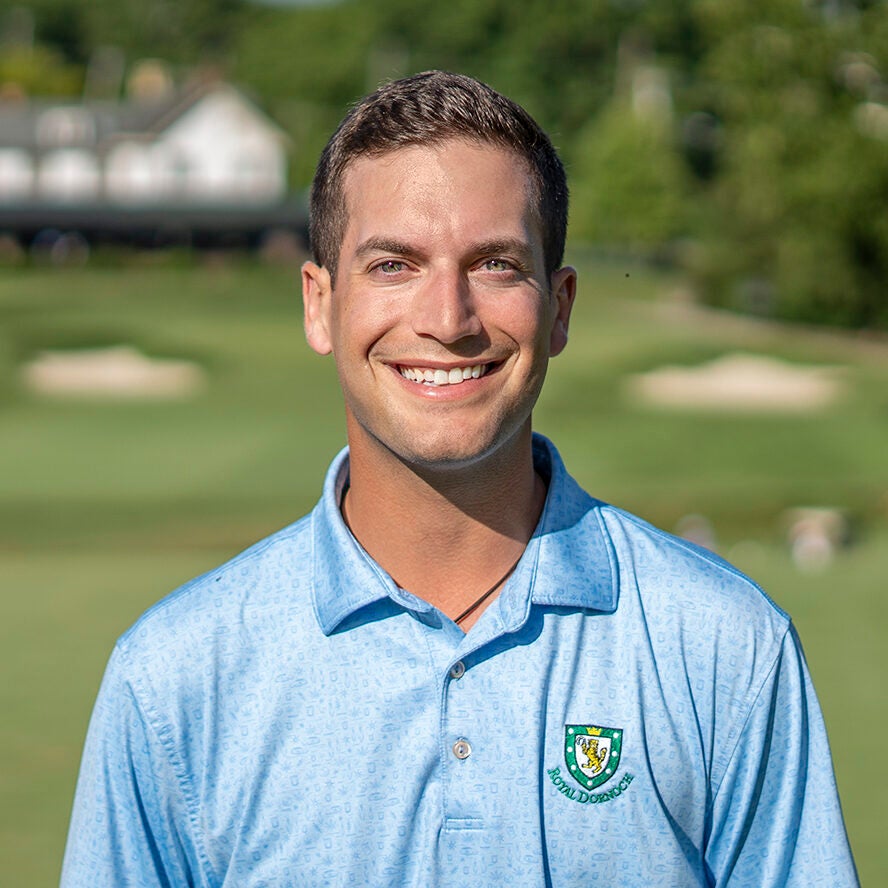
Jack Hirsh
Golf.com Editor
Jack Hirsh is the Associate Equipment Editor at GOLF. A Pennsylvania native, Jack is a 2020 graduate of Penn State University, earning degrees in broadcast journalism and political science. He was captain of his high school golf team and recently returned to the program to serve as head coach. Jack also still *tries* to remain competitive in local amateurs. Before joining GOLF, Jack spent two years working at a TV station in Bend, Oregon, primarily as a Multimedia Journalist/reporter, but also producing, anchoring and even presenting the weather. He can be reached at jack.hirsh@golf.com.
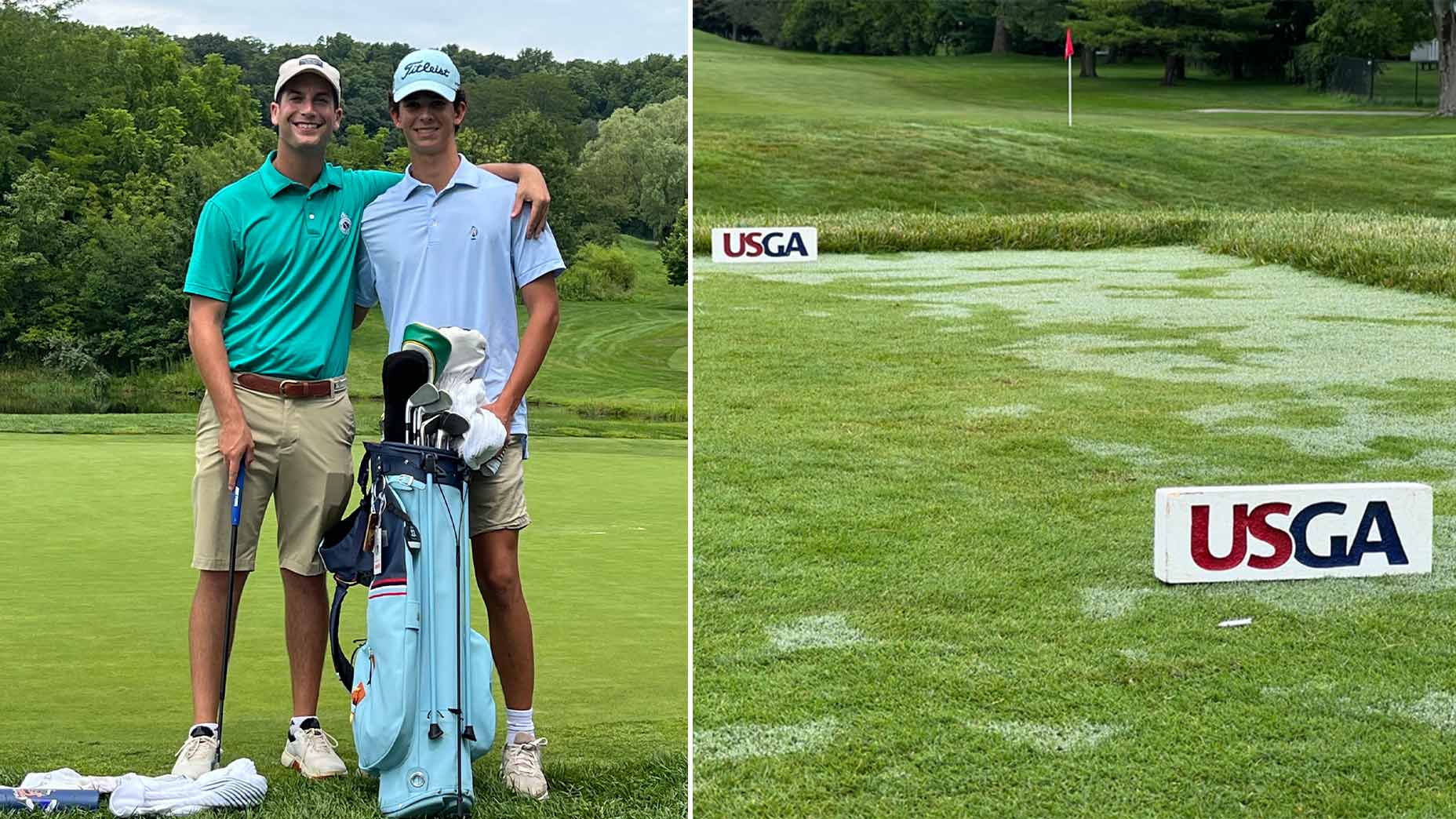



 (@harritonramgolf)
(@harritonramgolf)